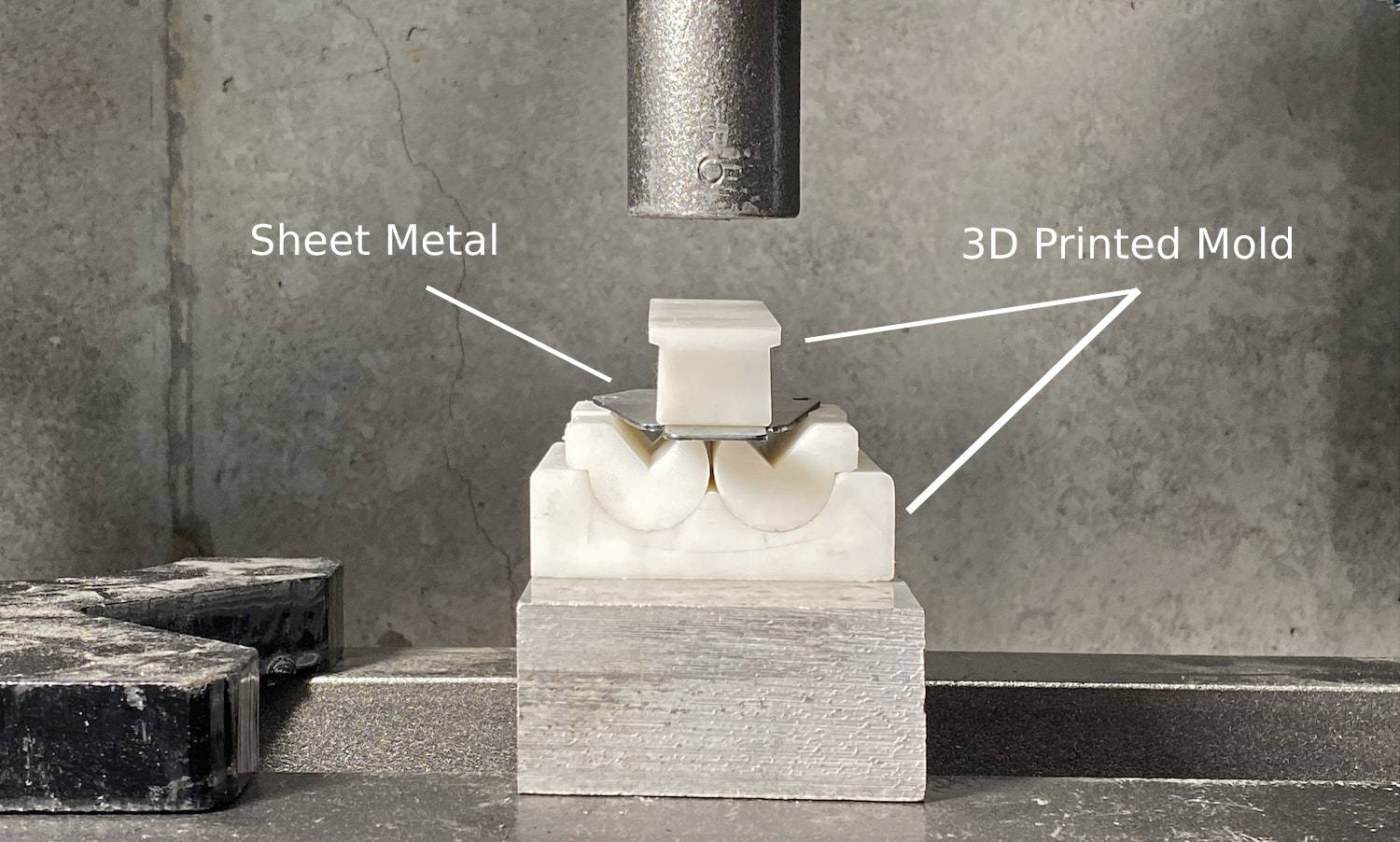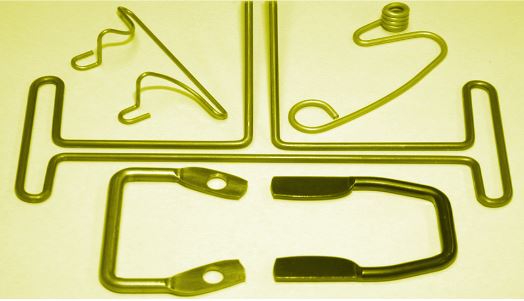The 10 Best Practices for Maintaining Your Forming Dies to Maximize Lifespan and ROI

The 10 best practices for maintaining forming dies involve a comprehensive program of regular cleaning, proper lubrication, routine visual and dimensional inspections, timely sharpening, proactive replacement of wear components, correct handling and storage, detailed record-keeping, operator training, precise setup calibration, and strategic inventory of spare parts. Embracing these pillars of preventative maintenance is the single most effective way to protect your significant investment in tooling. A well-maintained die not only lasts longer but also consistently produces high-quality parts, minimizes costly unplanned downtime, and enhances overall operational efficiency. This guide will delve into each of these critical practices, providing actionable insights to help you build a world-class die maintenance program.
Mastering the Craft: A Comprehensive Guide to Solving Common Challenges in Forming Dies for Wire Cold Heading Parts

The most common challenges in forming dies for wire cold heading parts include premature die wear, catastrophic cracking or fracture, and dimensional inaccuracies leading to poor part quality. These issues directly impact production efficiency, increase operational costs, and can compromise the integrity of the final components. Understanding the root causes—from material selection and die design to machine setup and lubrication—is the first step toward implementing effective, long-term solutions that enhance die life and ensure consistent manufacturing excellence. This guide provides an in-depth analysis of these problems and offers actionable strategies for overcoming them.
